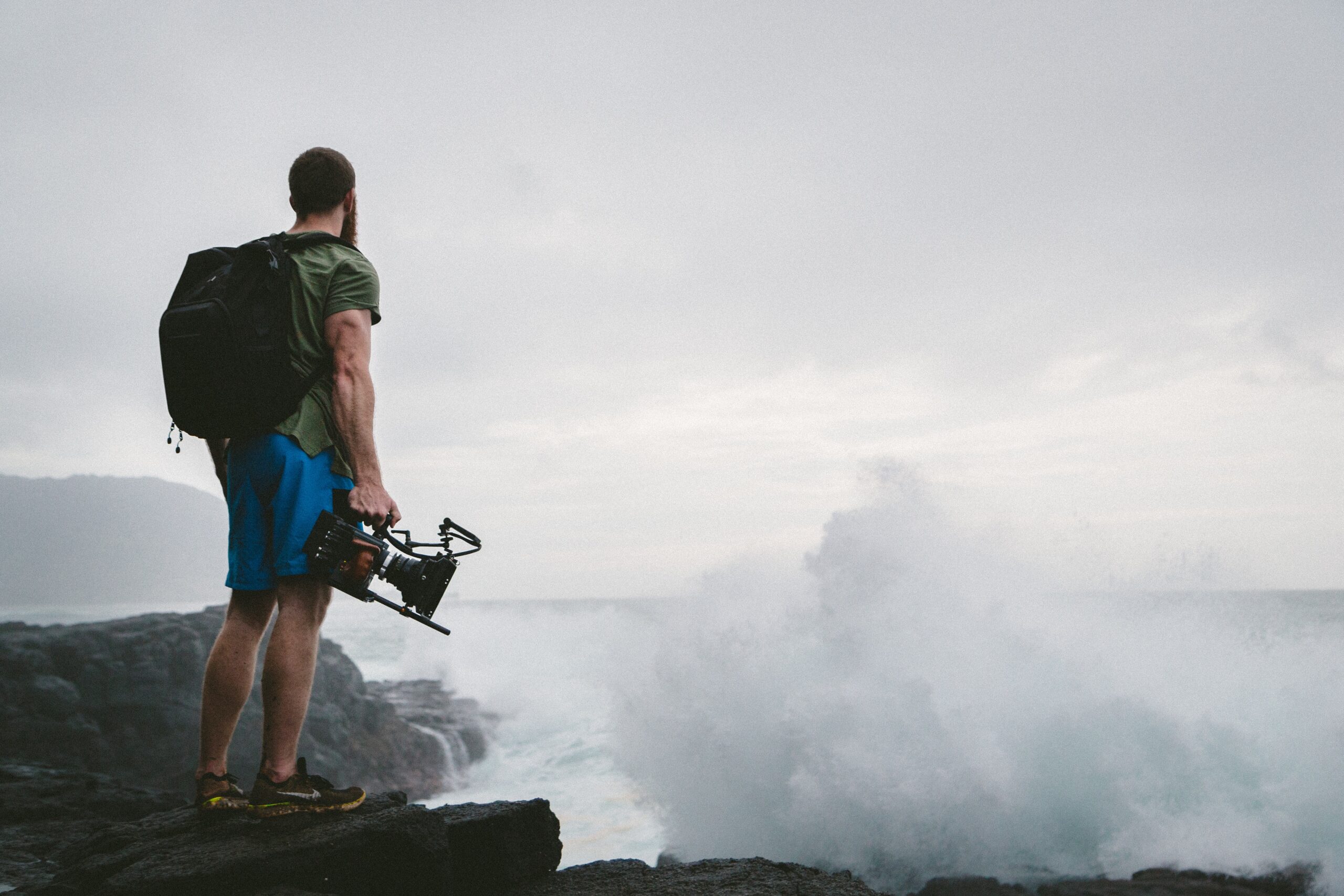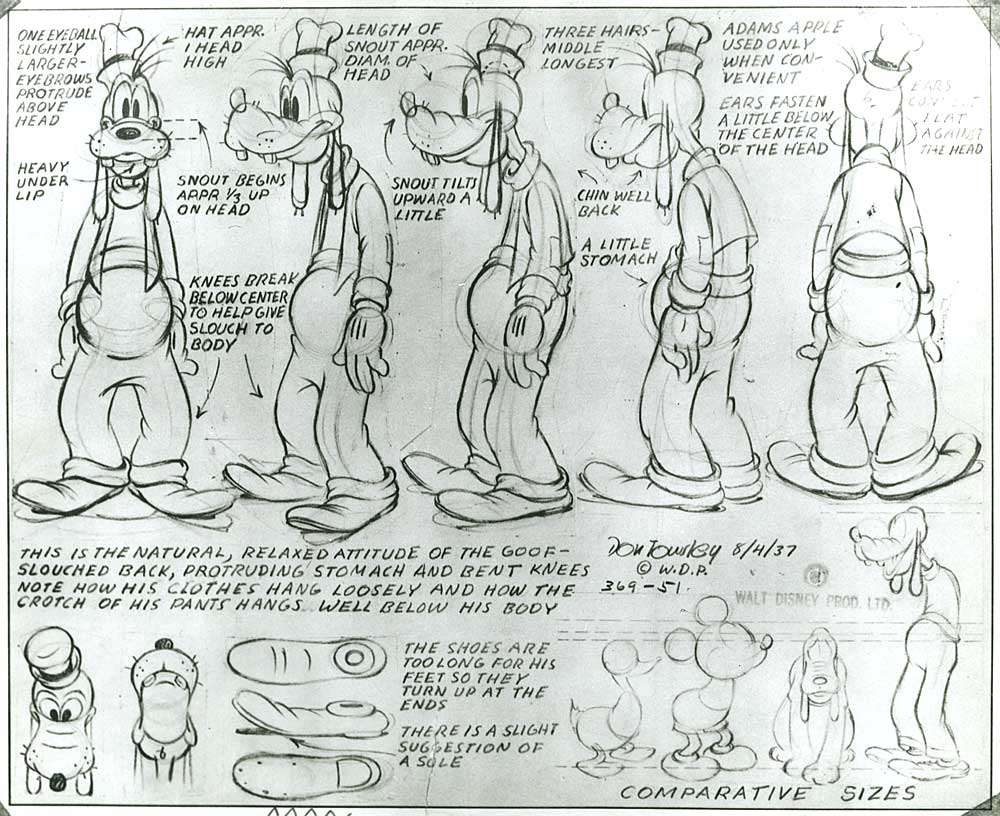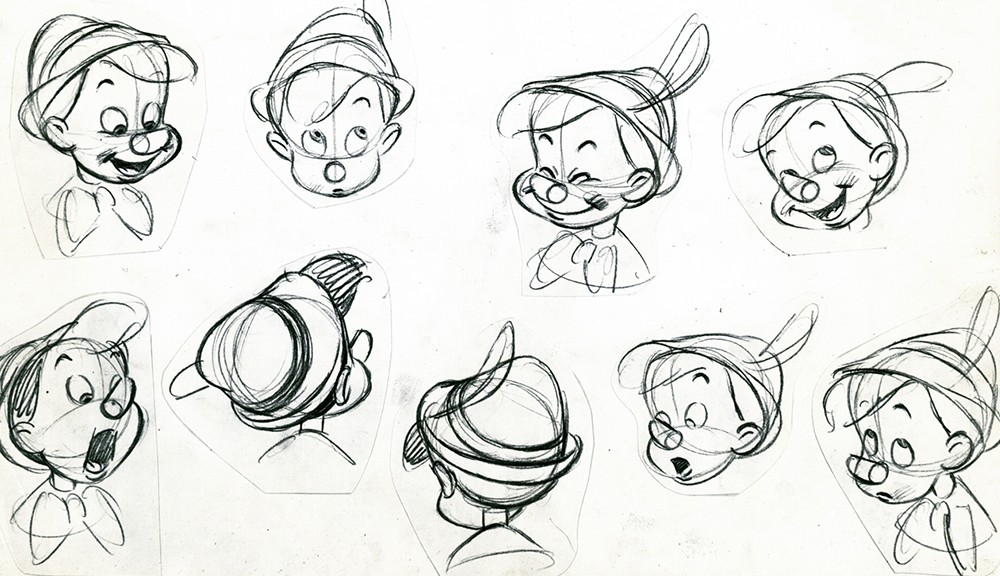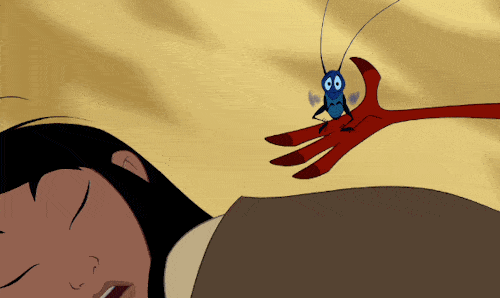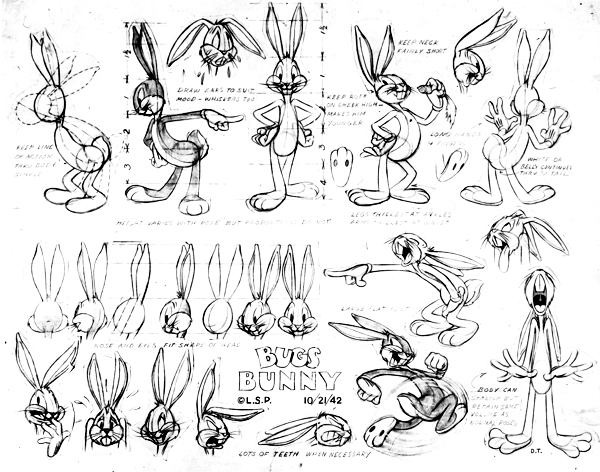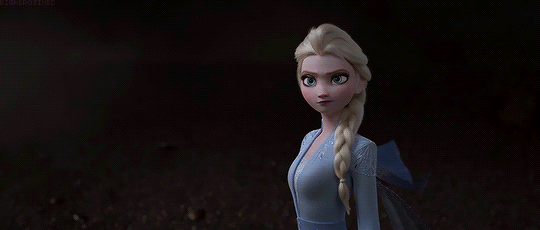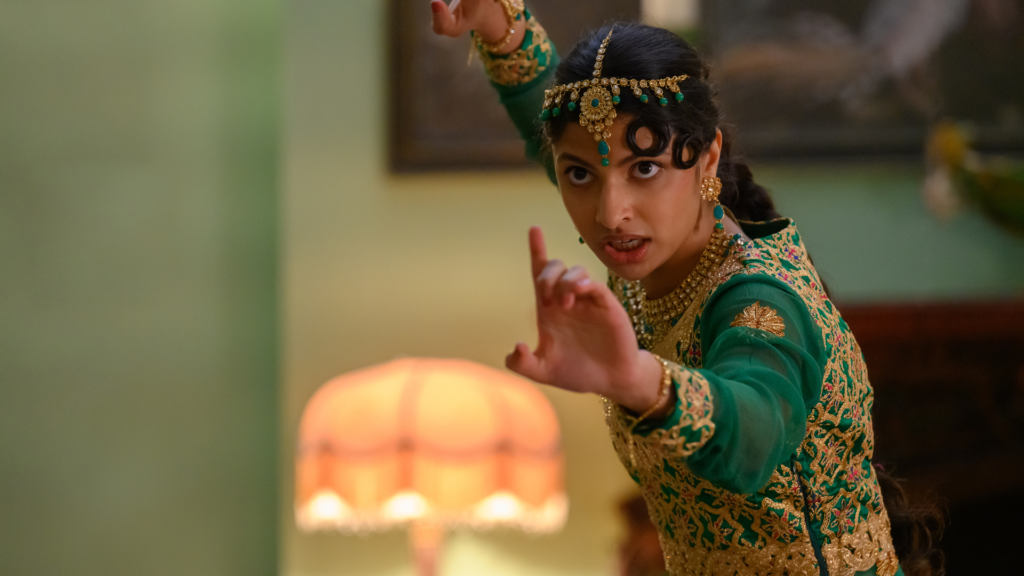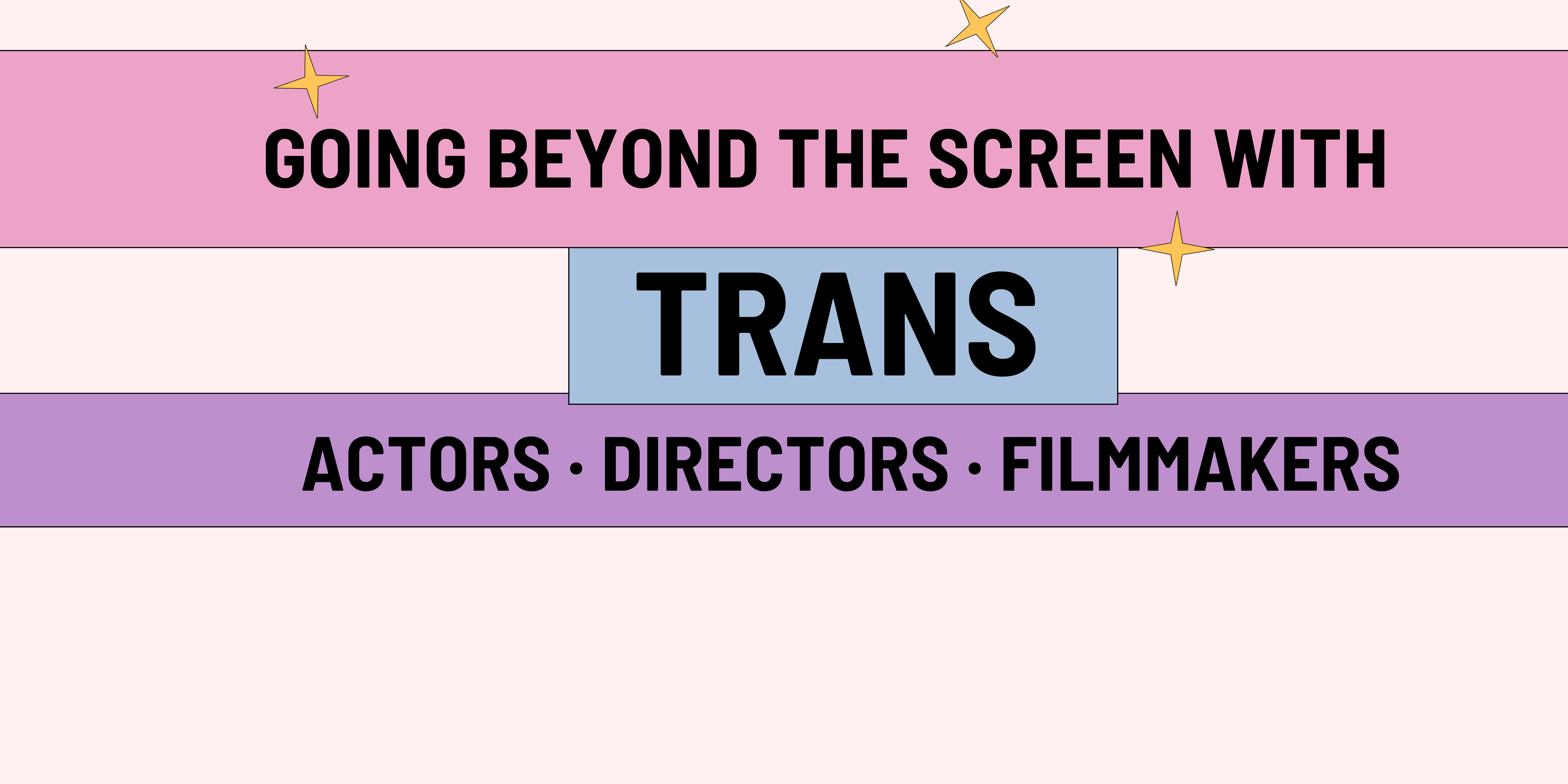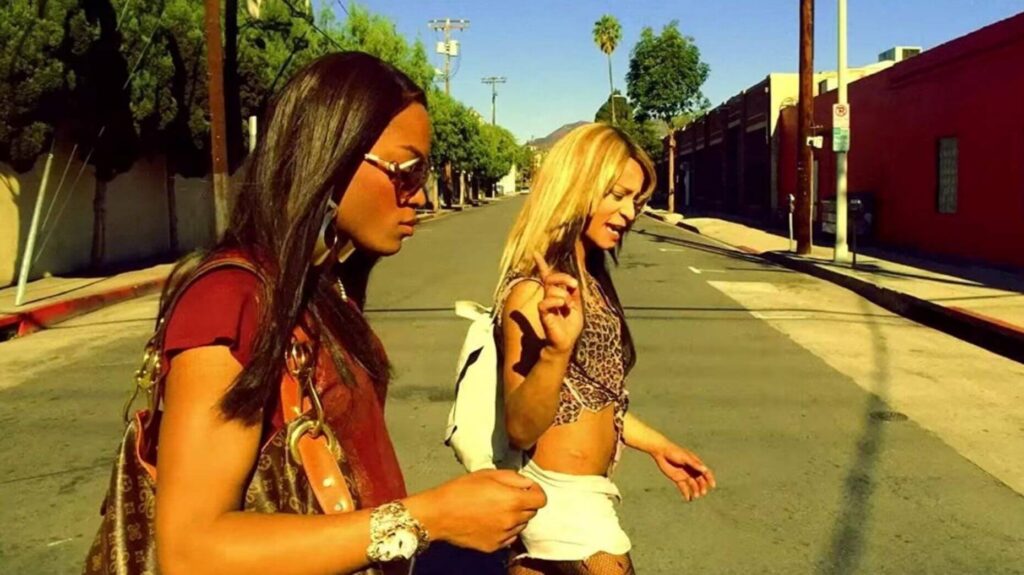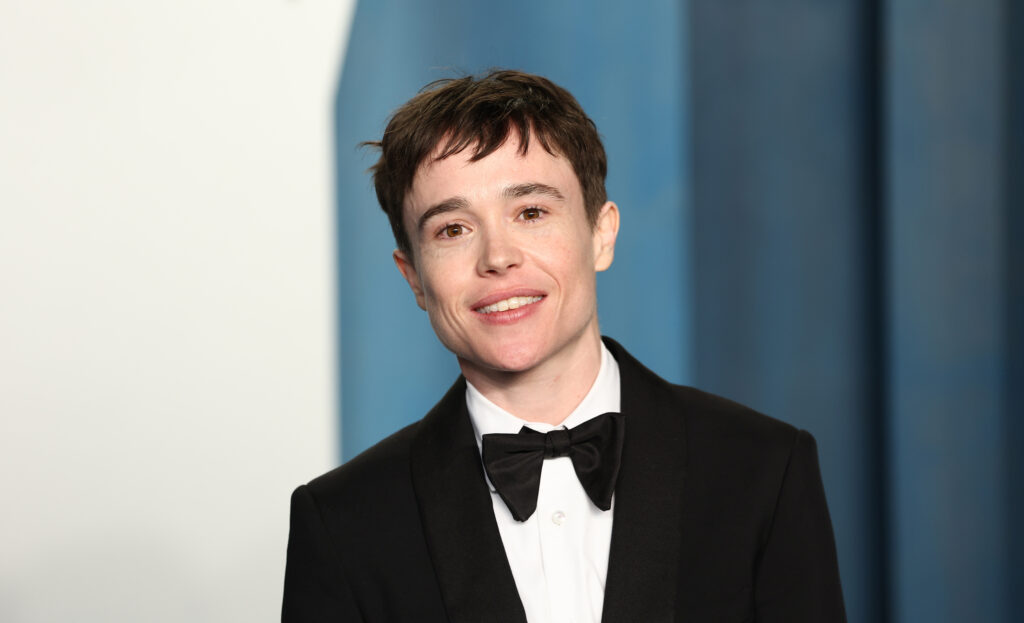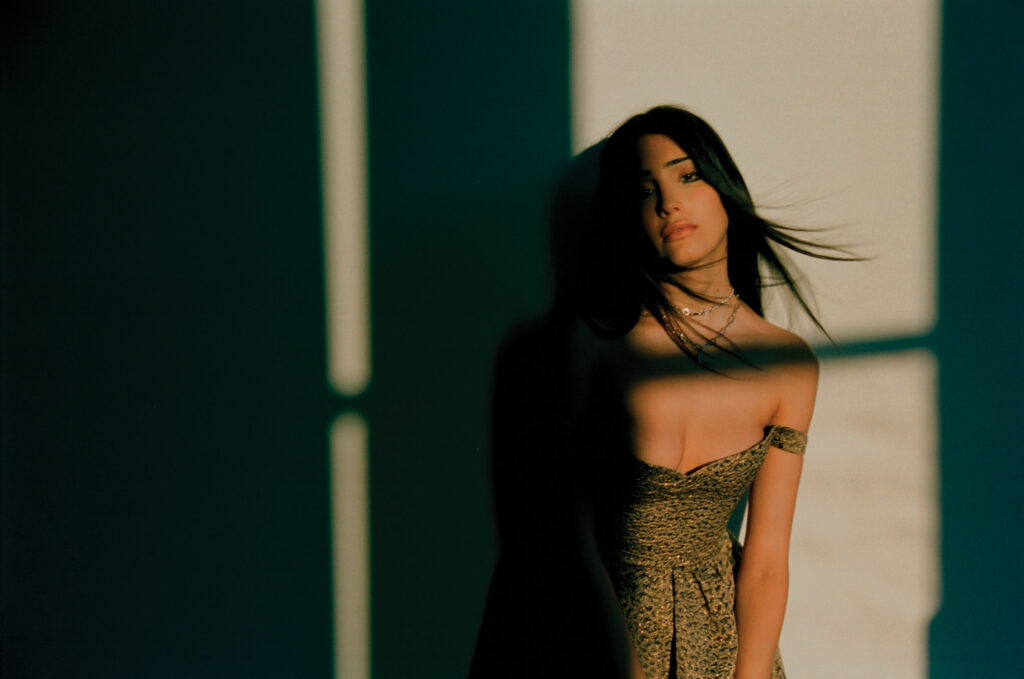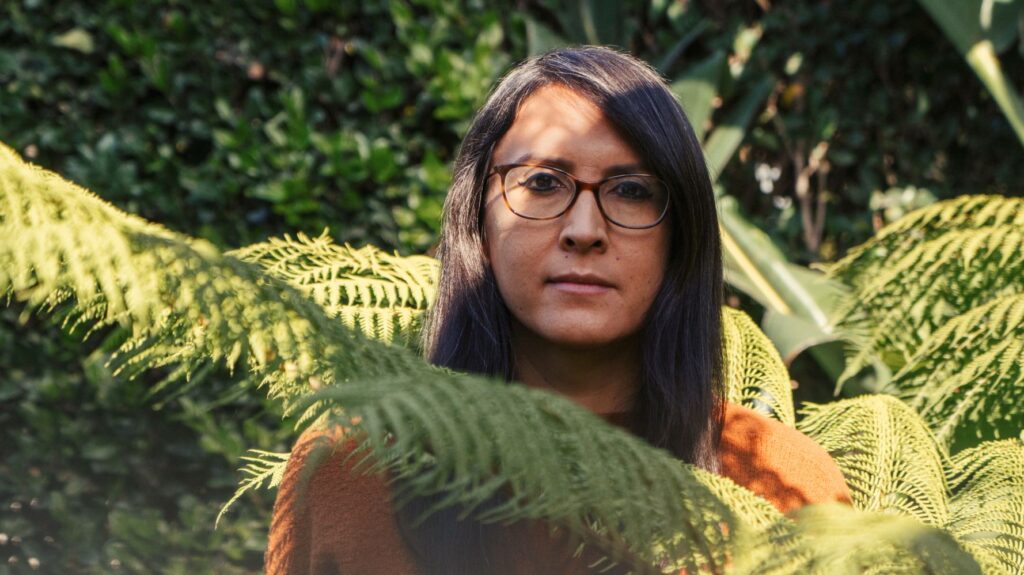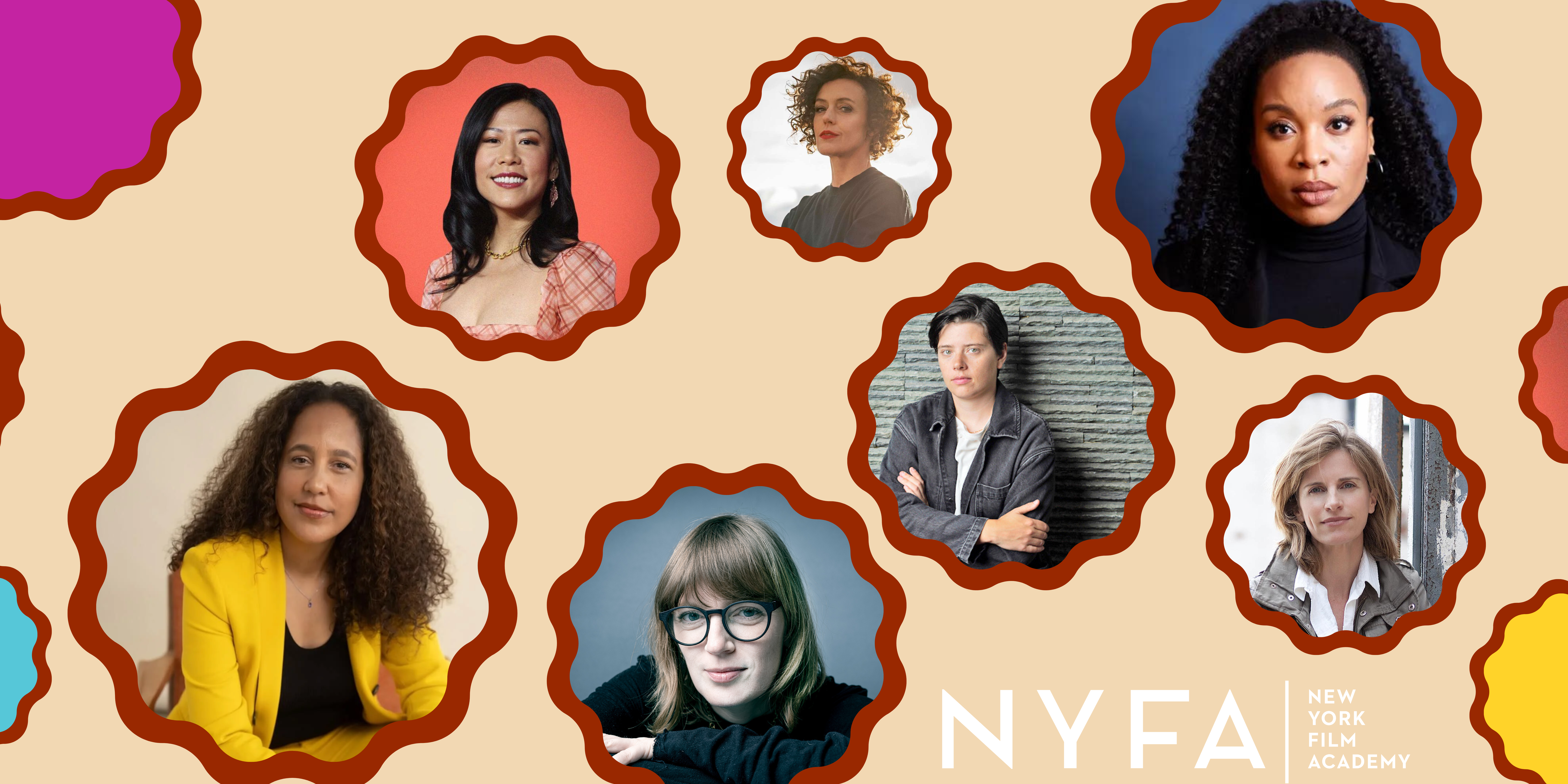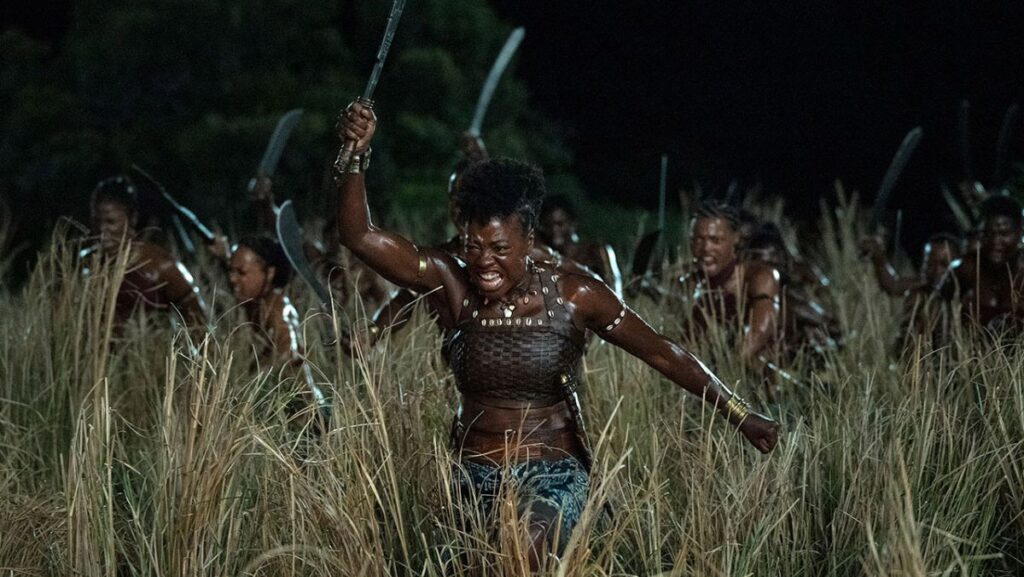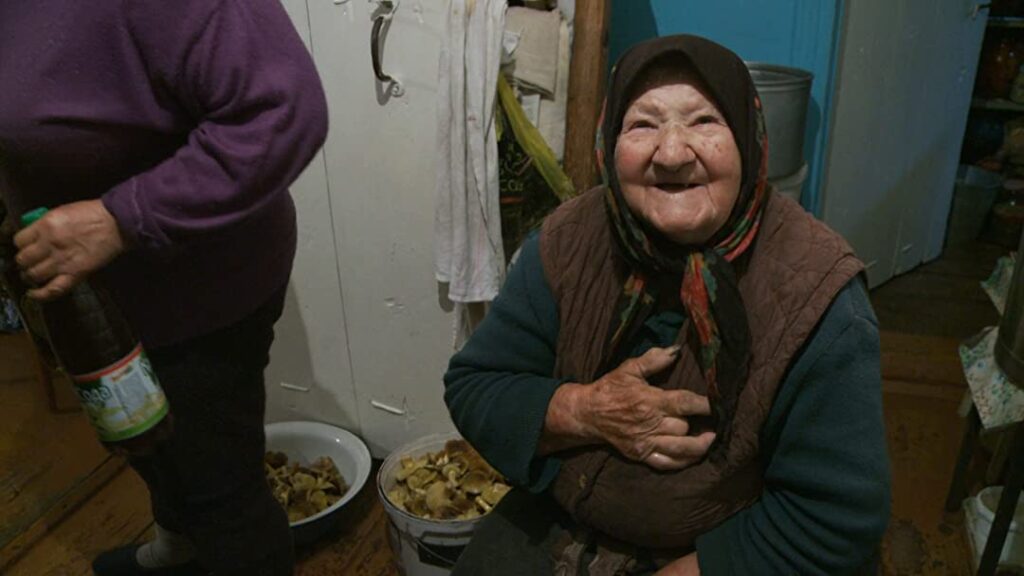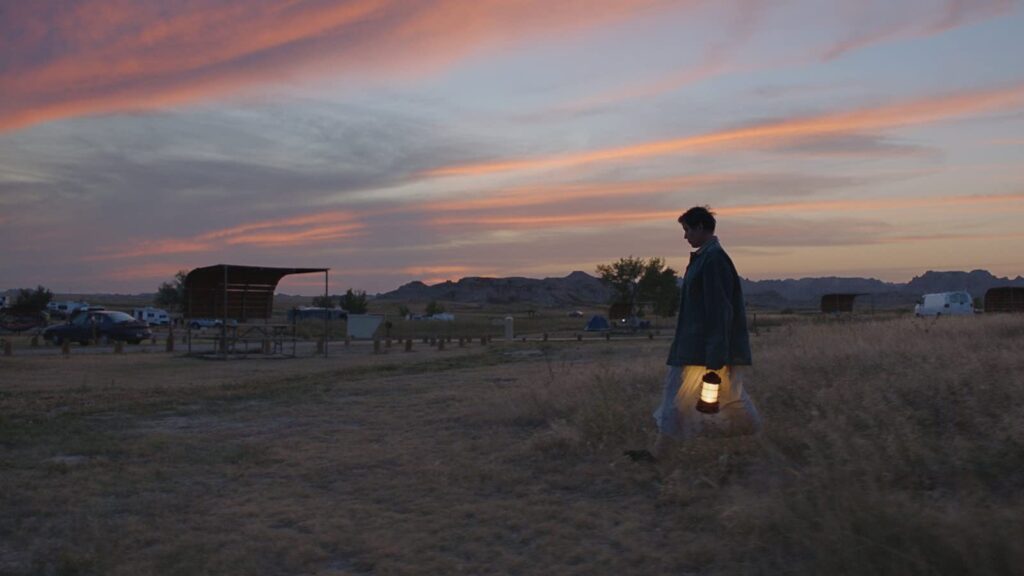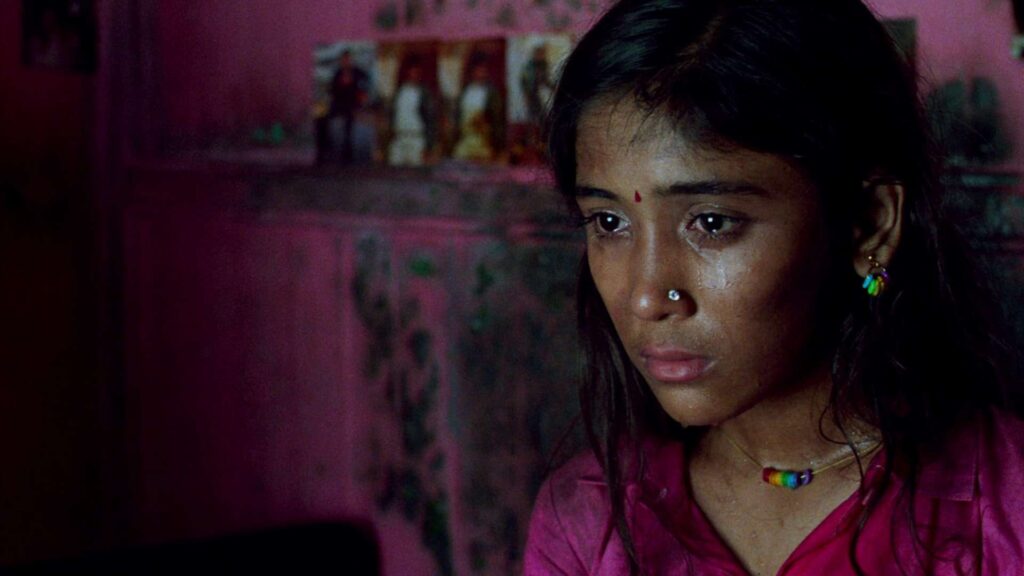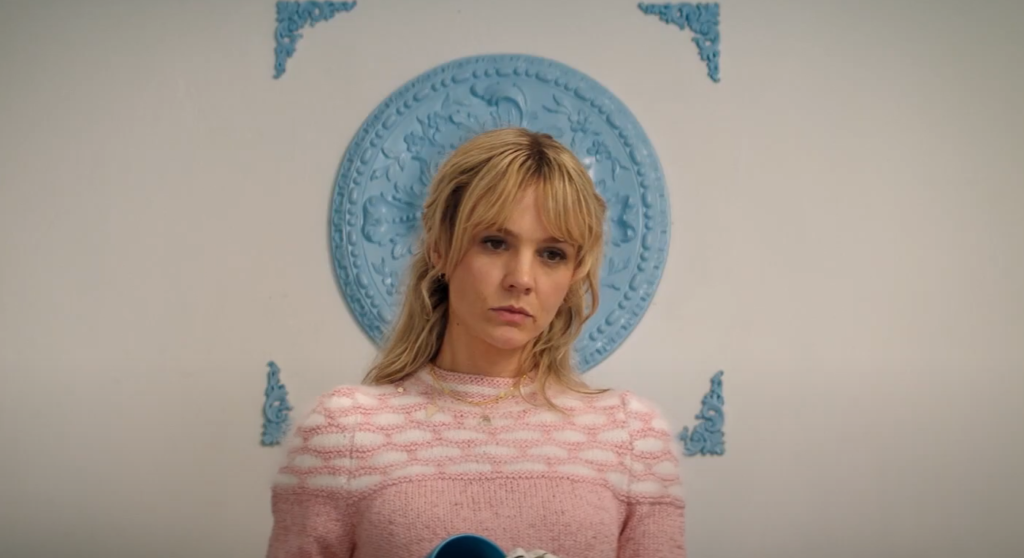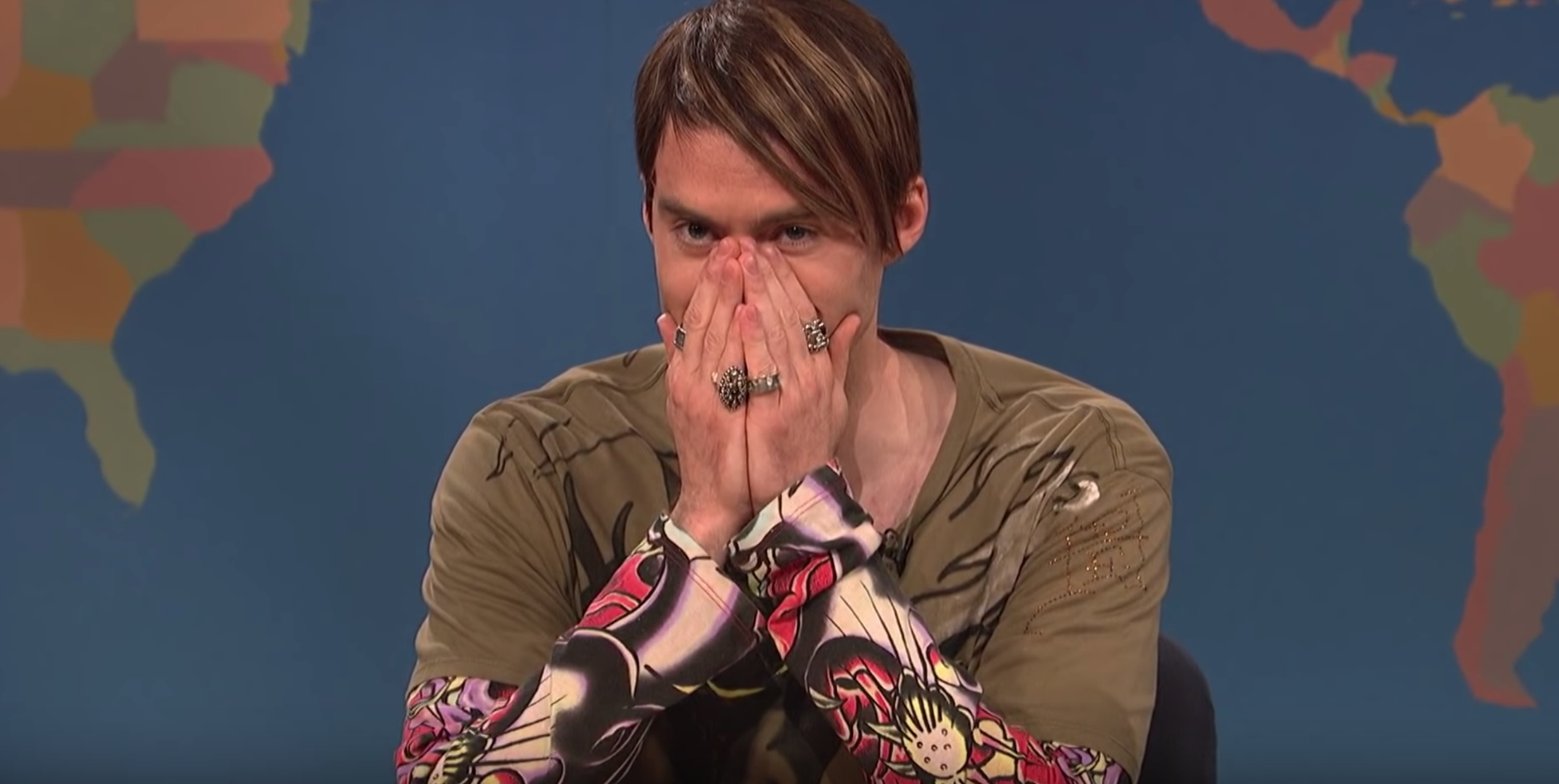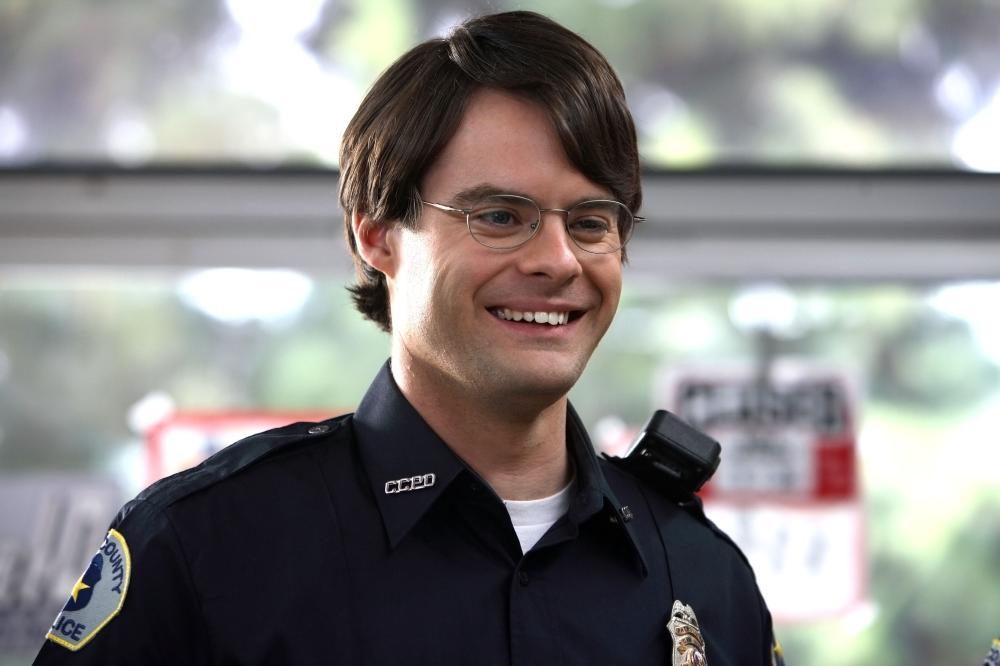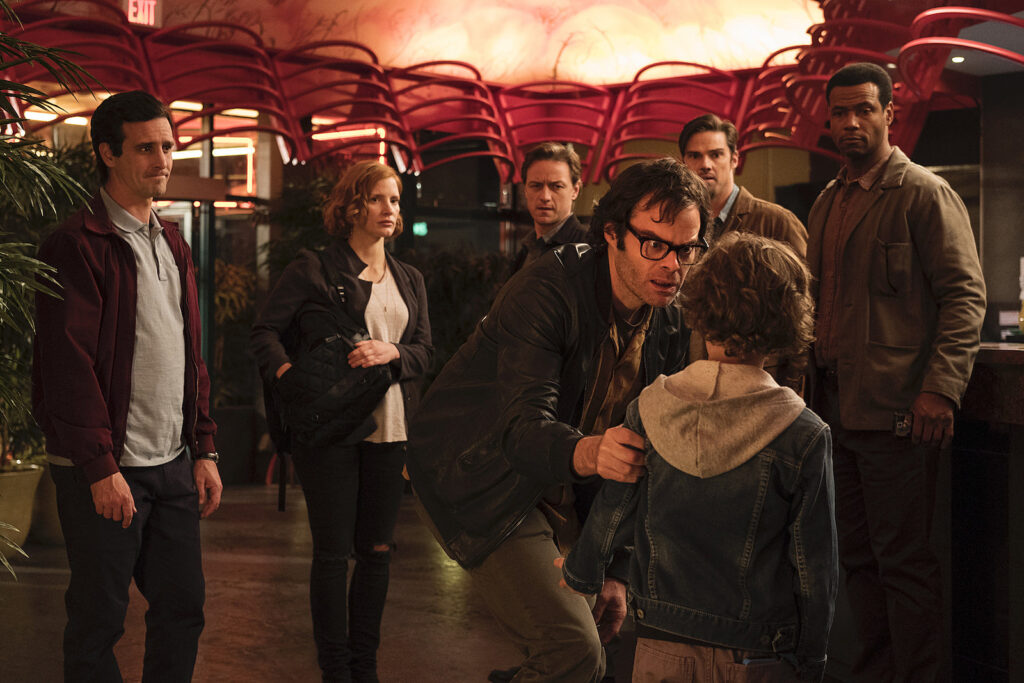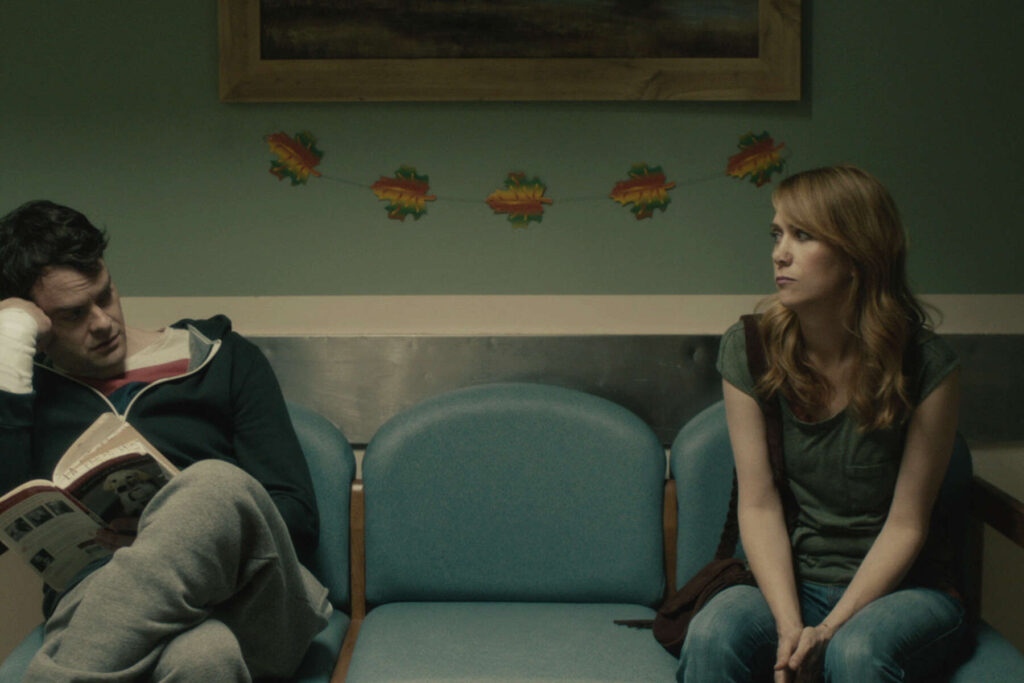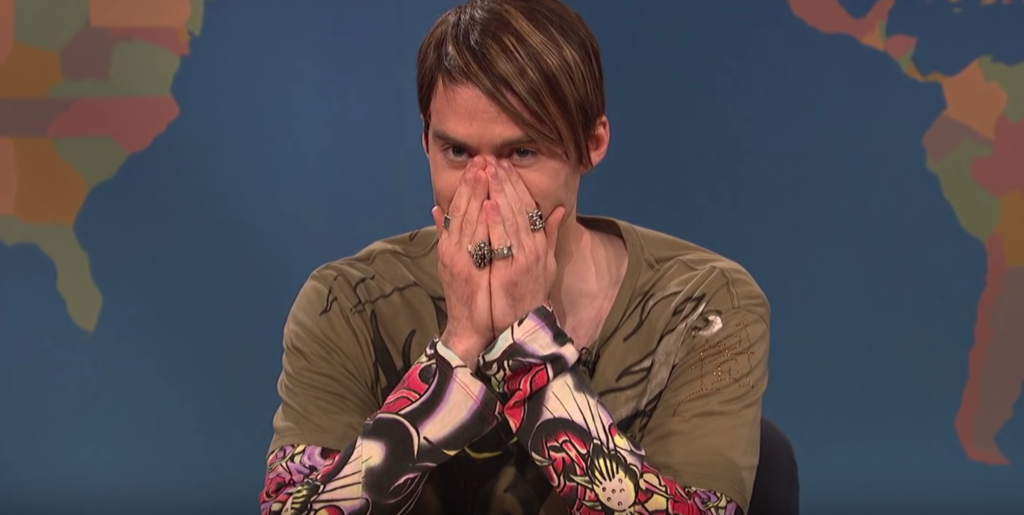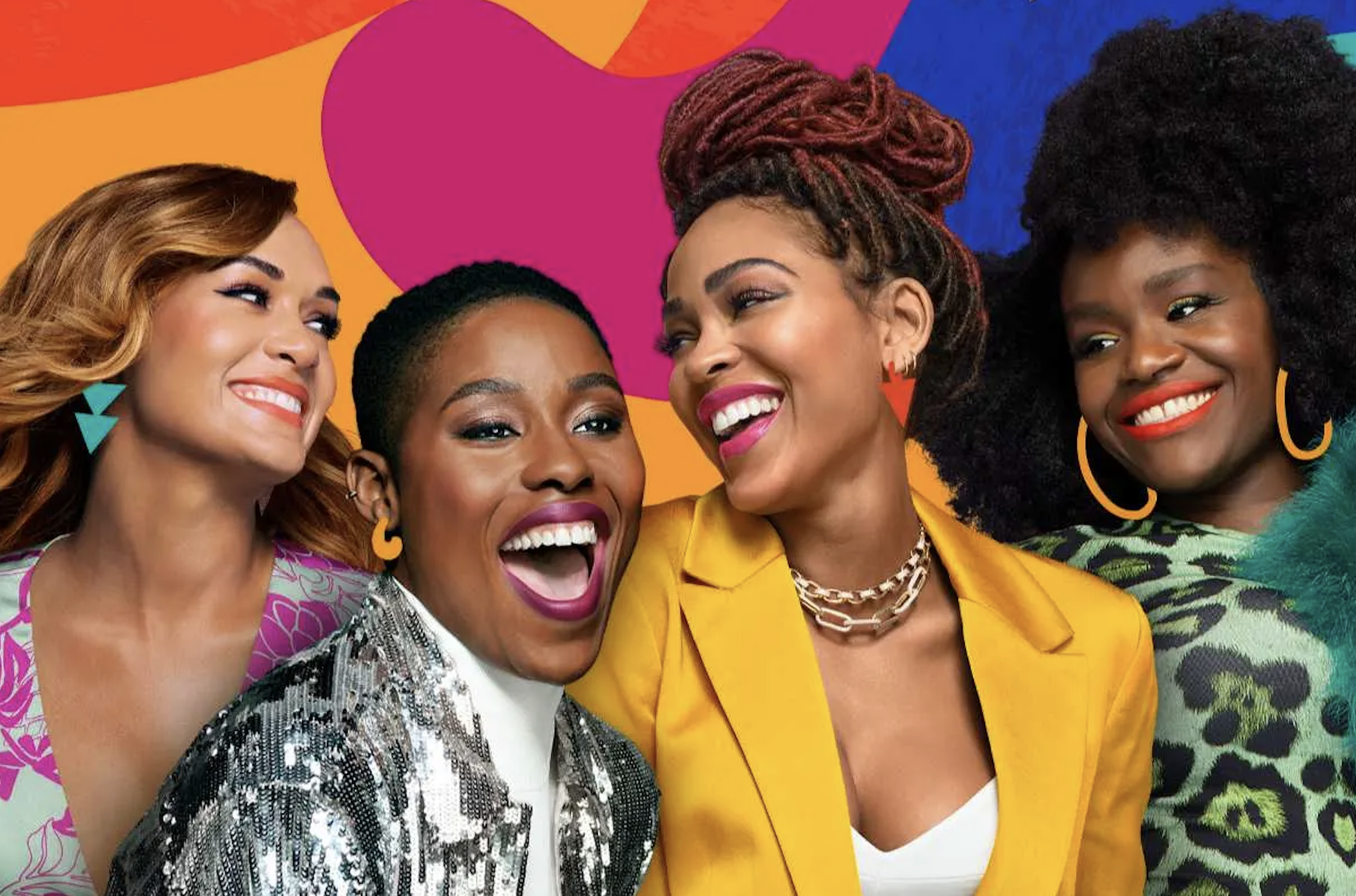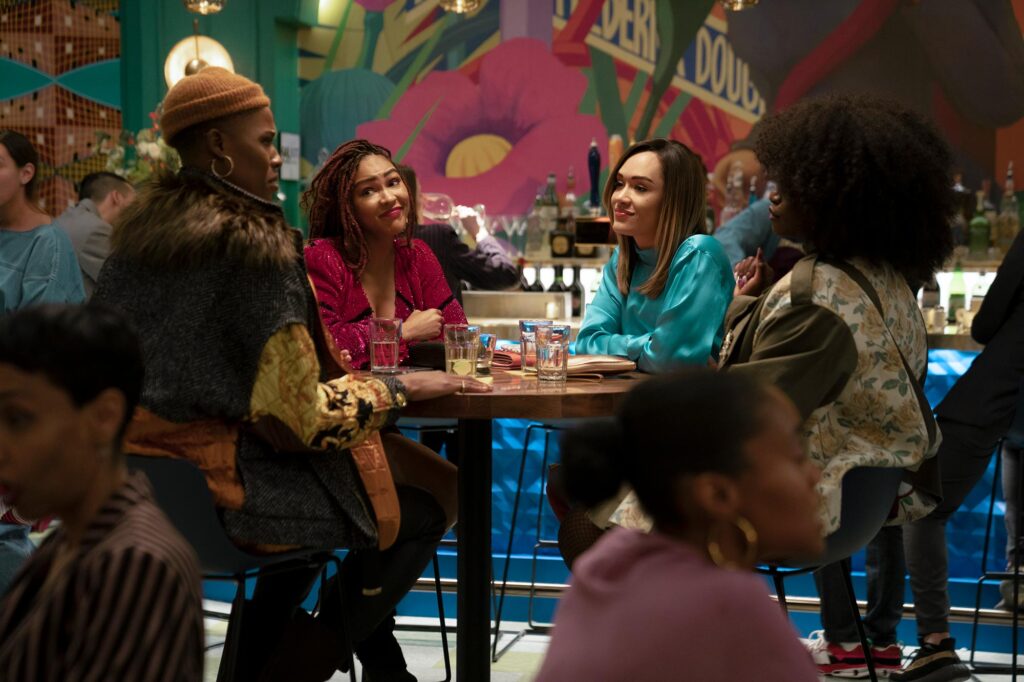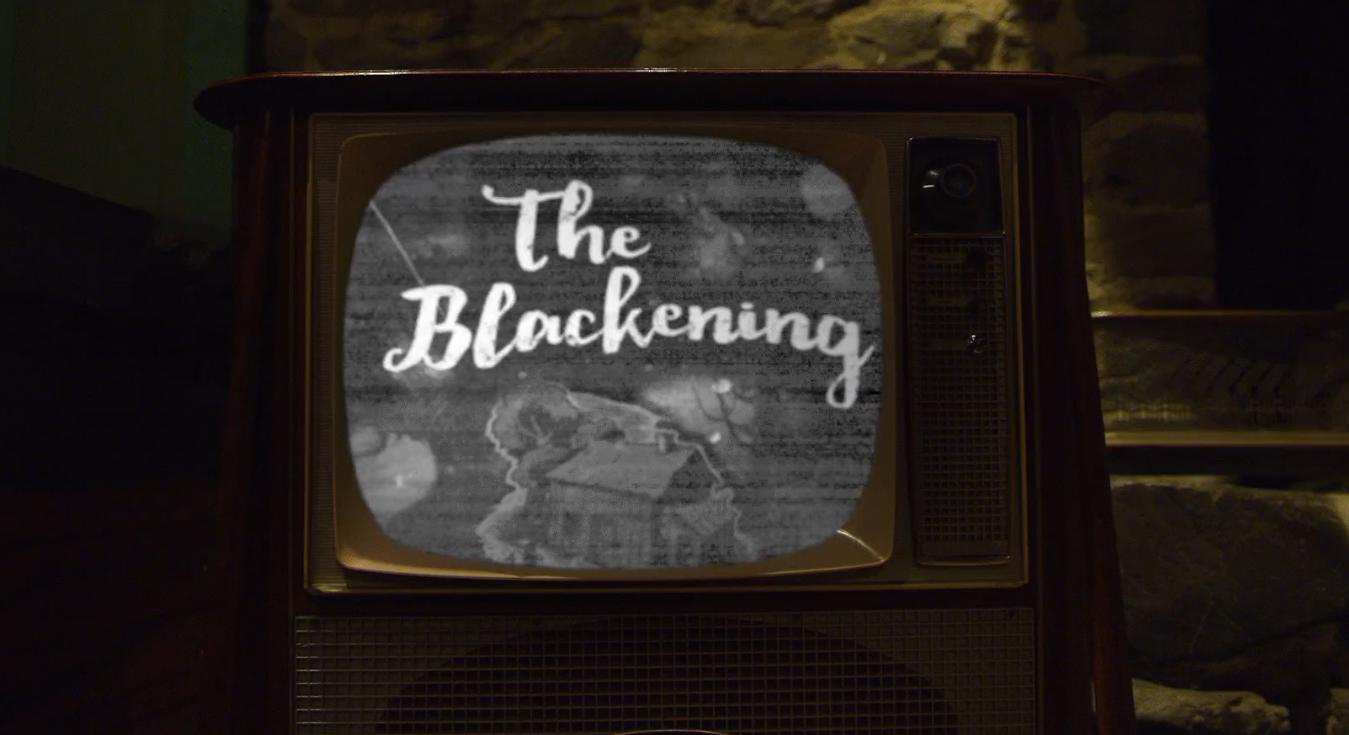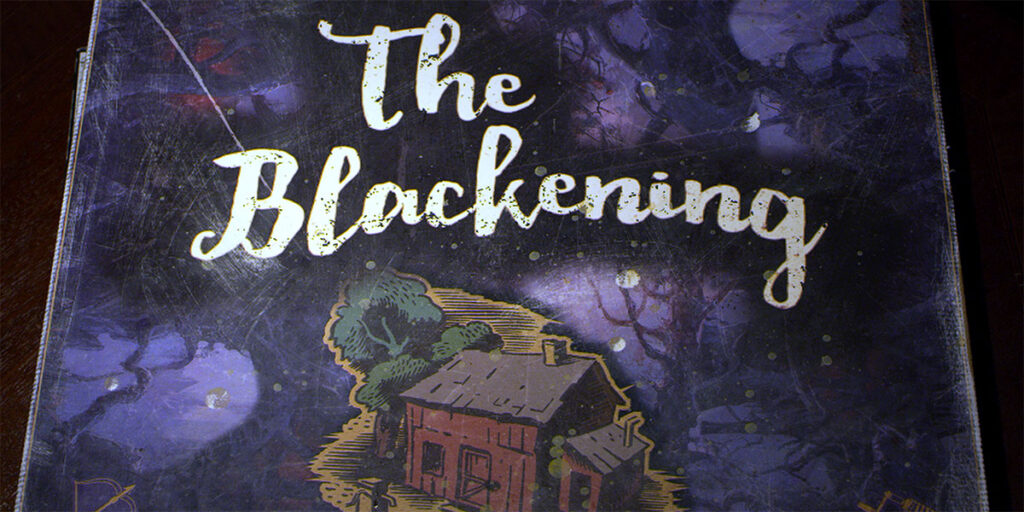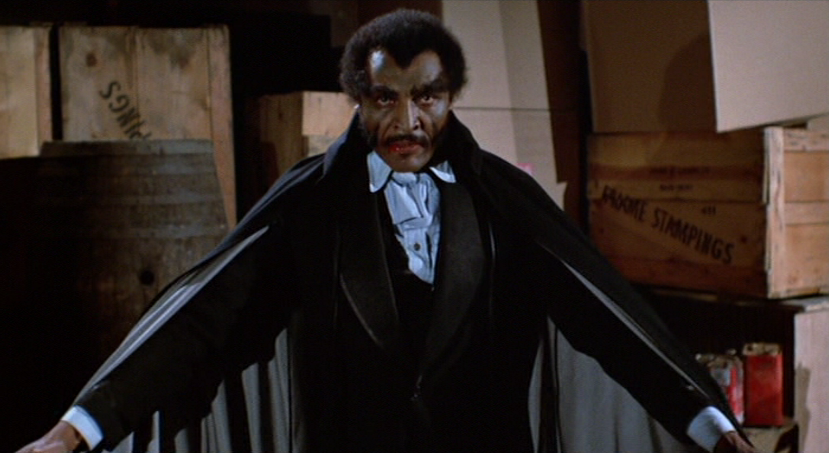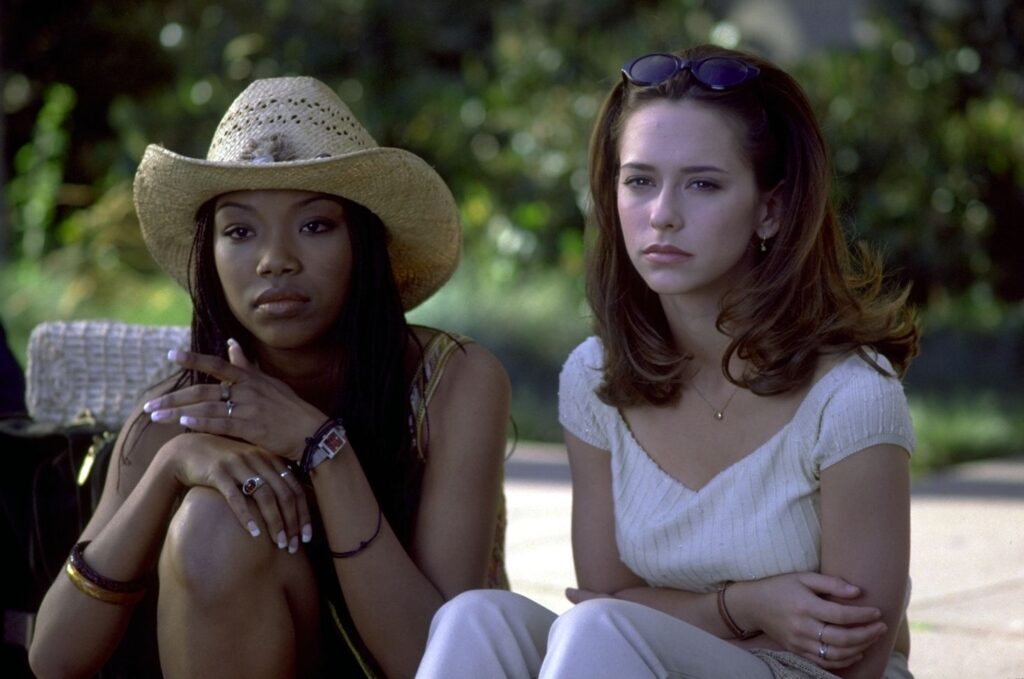From eye-opening films like Blackfish (2013) to emotional narratives told in movies like Bowling for Columbine (2002), documentaries have the power to captivate and showcase the brilliance of humanity when crafted with care. Every director and producer has their own unique approach to creating a documentary script and finding your voice as a filmmaker can be an exciting and liberating experience for those new to the field.
However, depending on the subject matter, it can be challenging to get started on a script. That’s why having a well-established system can help get you to the finish line.
How to Write a Documentary Script
While there’s no set formula for writing a documentary script, there are best practices that can make the process as seamless as possible. Here are some of our favorite tips for writing a compelling documentary script.
1. Find a Story You’re Passionate About
Why a documentary? What are you hoping to convey? Why are you the perfect person to tell this story? These are all questions you answer in a pitch in order to be green-lit by producers and executive producers. However, it’s important to first answer them for yourself. The answers can help you find a story that you’re truly passionate about, which will be worth the long process of making a documentary. Once you’ve answered these questions, you can start the difficult task of researching your material, finding the story, and creating a script.
Recently, for instance, NYFA welcomed Ukrainian documentary filmmakers who discussed filming in the conflict back home in their country. The filmmakers discussed why they were suited to tell their own story, how it benefits the audience, and the crystal clear message they hope to share with international viewers.
2. Research, Research, Research
During the pre-production phase of making a documentary, research is crucial, as it serves as the foundation for your script. It’s common for others to have already explored the topic you’re working on, so it’s important to dive deeper and get a new angle. If you’re looking for experts on the topic, one way to find them is to search for books and then contact the authors. They can provide important background information and fact-checking or even become on-camera interviewees who enhance the credibility of your film. Their input is crucial in creating the structure of your documentary, which you can fill in with story details as you develop your outline.
3. Blueprint Your Documentary
This is the time to organize and plan how the story will be transmitted to your audience. This can be an outline most commonly expressed in a set of “sequences.” These are detailed scenes to show how the film may play out. When you have this sequence outline clear, shooting the frame is much easier because you already know what you want. This sequence outline follows the natural narrative spine of storytelling, which is broken into acts that culminate in the overall message that you are trying to convey. There may be some tweaking, but the sequence outline is a guide.
4. Write the Script
The first column is optional and is used by some filmmakers as a guide to the arc of the narrative. Video and Audio columns are standard, and they are formatted so that the visuals line up with the audio (interview, narration, music, etc.) that plays over them.
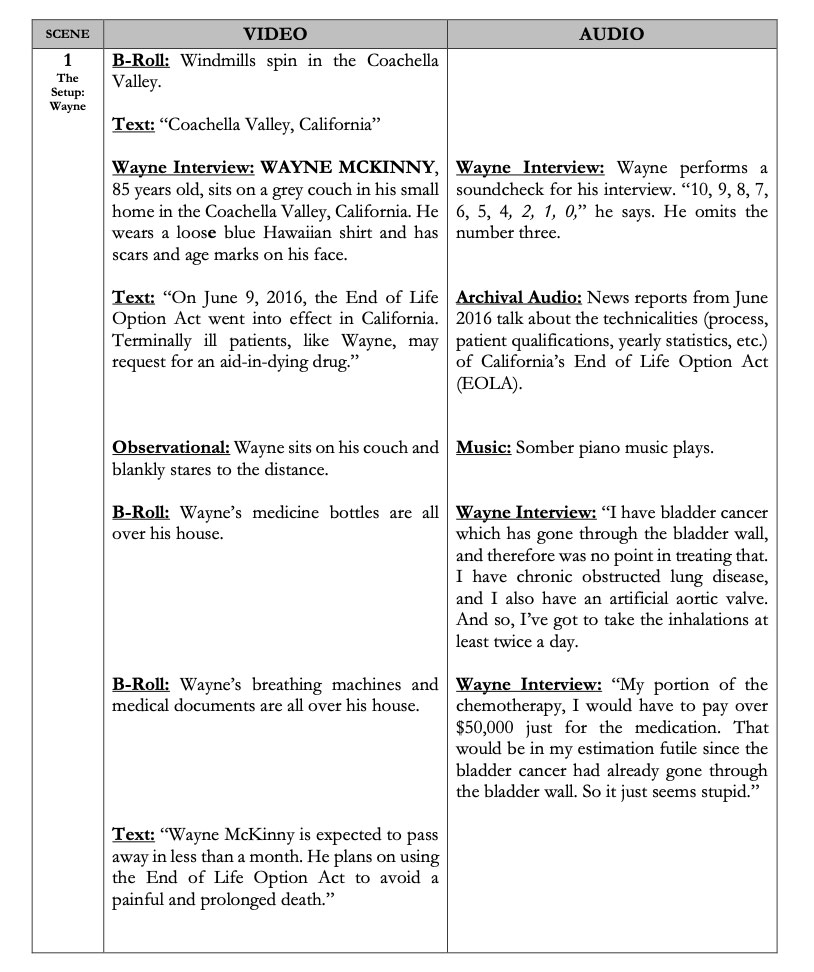
Once you have collected your research, data, and interviews, only then can you write the script. Without research, it would be impossible to conceive what an interviewee is going to say and how that ties into your message. Once you have all of the facts and materials, then you can sit down and write the script and voice-overs. As a tip: work backward. It is one of the best ways how to write a documentary script.
5. Engage Your Viewer
To truly captivate your audience, it’s important to establish a connection between them and your documentary. One effective way to achieve this is by focusing on protagonists with captivating personal stories that can truly engage your audience. By tapping into the emotions of your viewers, you can encourage them to open up and better understand the complexity of the issue at hand.
Ultimately, your goal should be to transport your viewers to another world, to provide them with fresh perspectives and new knowledge, and to inspire and move them through the power of your storytelling.
6. Commit to Your Message
It’s crucial to consider the message that you want your documentary to convey. When your theme is clearly defined, the process of putting the entire script and production together becomes much smoother. This clarity of message can help your audience connect with your documentary, regardless of whether or not they agree with your point of view. At the very least, your film will leave them with something to think about and consider moving forward.
As a director, writer, or producer, it’s important to remain flexible and open to the story unfolding in ways you may not have originally anticipated.
7. Finesse Your Project
It’s important to be thorough and take the time to craft a script that truly reflects the message you want to convey and the story you want to tell. Rewriting is often necessary as you continue to refine your message and ensure accuracy in your facts. If you’re using a narrator, for example, you may need to adjust the script to fit their style.
Remember, documentaries aren’t just about observing humanity – they’re an invitation to explore our deepest nature, what drives us, what brings us joy, and what makes us feel sorrow. They showcase real people dealing with real, powerful issues that strike at the very core of our being. As a documentary filmmaker, you must reflect those deep, moving messages in your writing and capture your audience’s emotions. By doing so, you can create a truly impactful and unforgettable documentary.
Bring Your Documentary to Life at NYFA
Want to learn more about creating an excellent documentary? Request information today about NYFA’s upcoming documentary filmmaking programs.

